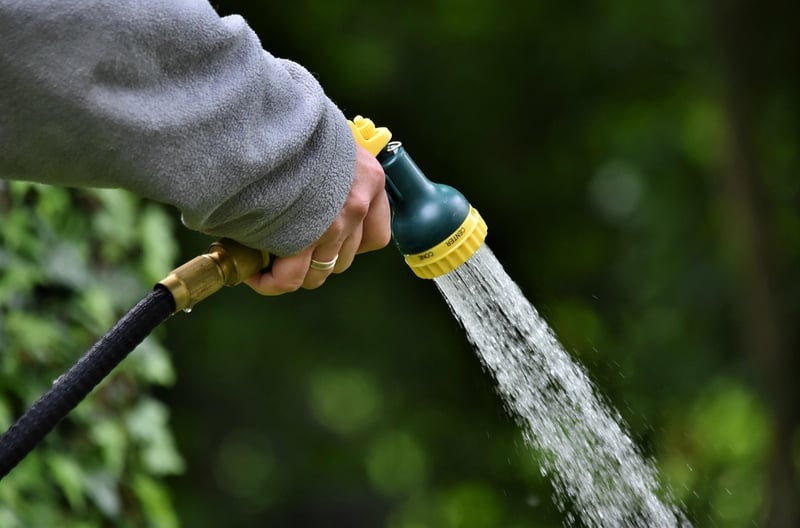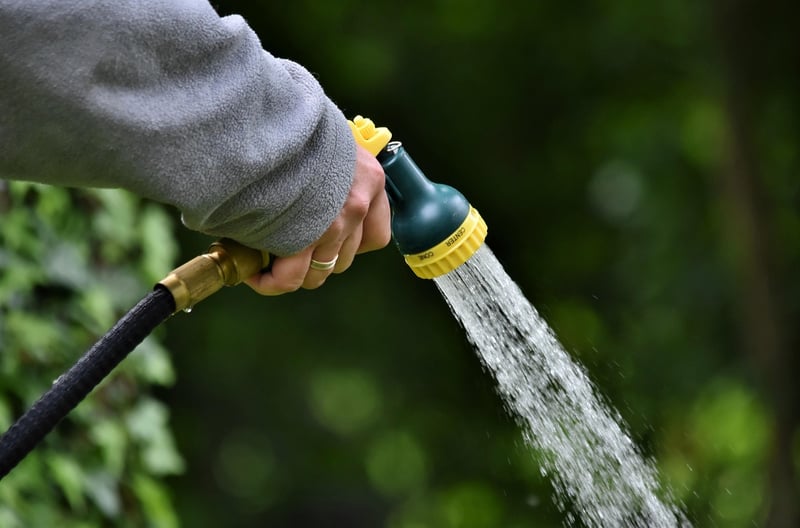Watering Methods
Guidance for Optimal Plant Growth and Effective Watering Methods
The Importance of Proper Plant Care
Plants are not only aesthetically pleasing but also vital for maintaining a healthy environment. To ensure they thrive, it's essential to provide proper care, including adequate watering and other essential practices.
Factors Affecting Plant Growth
Several factors can influence the growth and health of plants, such as:
- Light exposure
- Temperature
- Soil quality
- Watering regimen
Optimal Watering Methods
Water is crucial for plant survival, but overwatering or underwatering can harm them. Here are some effective watering methods:
- Watering Frequency: Understand your plant's specific watering needs based on its species and environmental conditions. Some plants require more frequent watering than others.
- Watering Technique: Water the base of the plant directly to ensure the roots receive sufficient moisture. Avoid wetting the foliage excessively.
- Moisture Level: Check the soil moisture regularly by inserting your finger into the soil. Water only when the top inch feels dry.
- Water Quality: Use room temperature water to avoid shocking the plant. Rainwater or filtered water is preferable as it lacks harmful chemicals.
Visual Cues for Watering Needs
Plants often exhibit visible signs indicating their watering requirements:
- Wilting leaves
- Yellowing or browning of leaves
- Drooping stems
- Dry or crispy leaf edges
Conclusion
By understanding the factors affecting plant growth and following proper watering methods, you can promote healthy and vigorous plant development. Remember, each plant species has unique care requirements, so research and observation are key to successful plant care.


